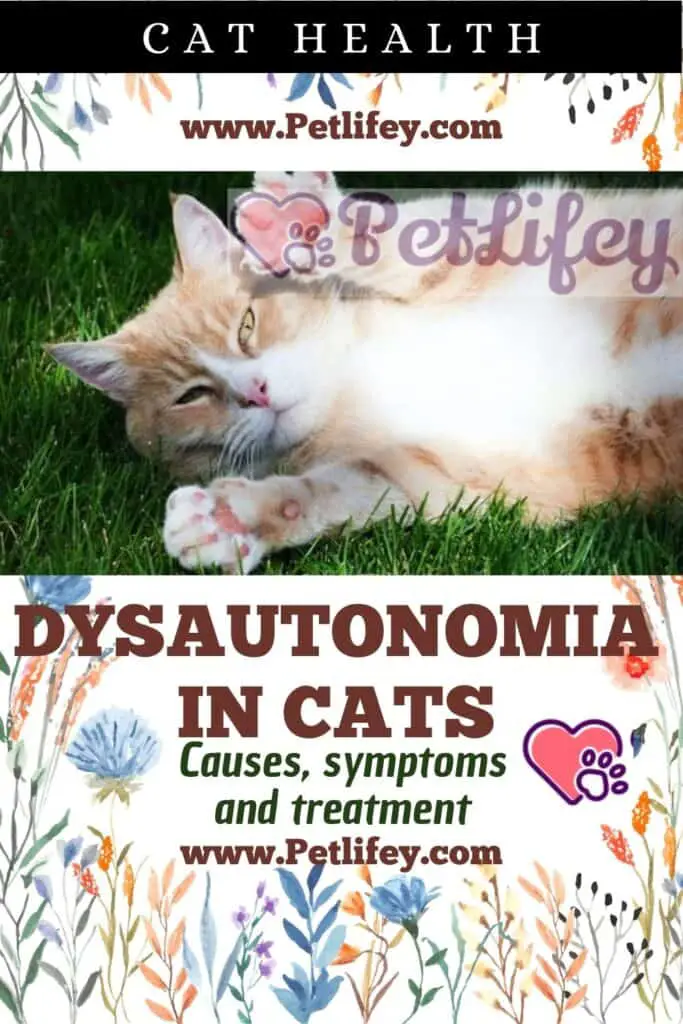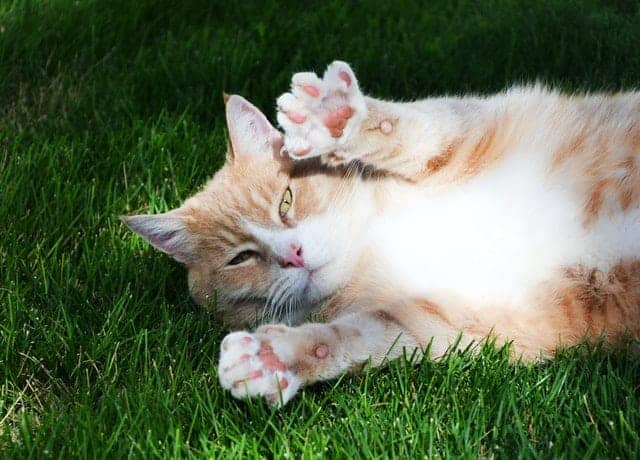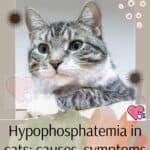
Dysautonomia in cats is as rare as it is dangerous. Let’s see what the causes, symptoms and treatment for the cure of our cat.
Cat dysautonomia syndrome or Key Gaskell syndrome is a disease of the autonomic nervous system. The cat’s organism carries out a multitude of activities without the animal realizing it, such as the heartbeat, digestion, secretion by a whole series of glands of their products, etc.
All this thanks to the autonomic nervous system, which is represented by a set of cells and fibers that act on the internal organs and glands and control the so-called vegetative functions, that is, those functions that are not subject to the voluntary control of the animal.
Consequently, if this nervous system is attacked, it triggers feline dysautonomia syndrome, of which we will explain the causes, symptoms and treatment.
Causes of dysautonomia in cats
Feline dysautonomia is a degenerative disease and fortunately not contagious, but the causes of the disease are still unknown today. The only thing that could be understood is that this disease is toxic in nature but its origins and causes are not known.
It can affect both country and city cats, both living at home and in semi-freedom, but a greater incidence has been found in cats of about three years of age and of male sex. Unfortunately, this disease has a high mortality rate.
Symptoms
The symptoms of feline dysautonomia appear within twelve hours and have a gradual evolution, we can group them into the following:
- He retched;
- constipation alternating with diarrhea;
- anorexia;
- cat depression;
- hypolacrimation;
- dilated pupils that do not respond to light beams;
- in many cases, cats during sleep, the cat sleeps with its head resting on the ground between the forelimbs.
While among the less frequent symptoms that can occur, we have:
- dry conjunctivitis in cats;
- retinal lesions;
- dyspnoea (difficulty in breathing);
- bradycardia;
- paresis and loss of the anal reflex.
Diagnosis and treatment of dysautonomia in cats

Regarding the diagnosis, the doctor needs the complete medical history of the cat and to be informed about how the symptoms initially appeared and can only be based on the observation of the symptoms present and declared by the owner of the animal.
And only after the death of the feline will an autopsy be made possible on the animal’s body, to ascertain through the examination of the affected nervous tissue, whether it was the cat’s dysautonomia syndrome. As for the treatment, this is also a sore point, as there is no cure but only and exclusively a therapy aimed at supporting the sick animal.
We try to keep the symptoms under control, through fluid therapy, food is forcibly administered via a drip, the bladder is emptied, enemas are made and ophthalmic ointments are applied.
Often the felines that undergo this pathology are subject to pneumonia and diseases of the respiratory system of the cat and therefore must be subjected to a course of antibiotics and to ensure that the treatment is successful it is of fundamental importance that the course of treatment is completed even when cats seem to show improvement after a few days of initiation of therapy. You need to have a lot of patience and act out of love for your furry friend.






